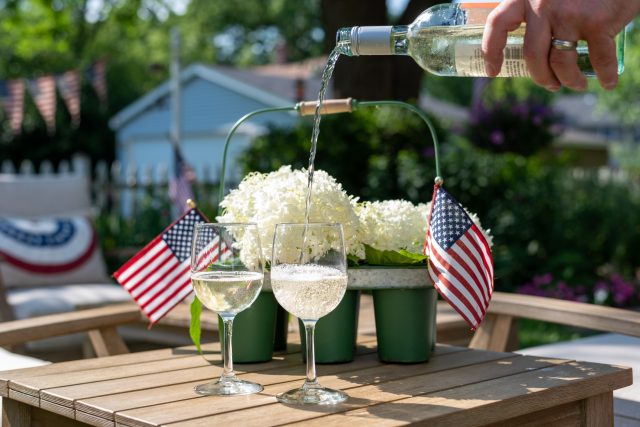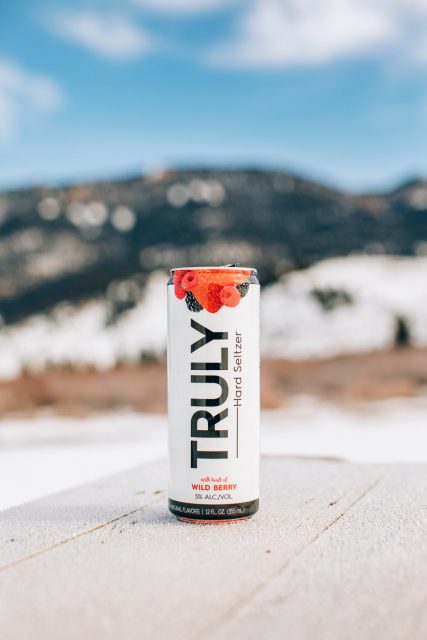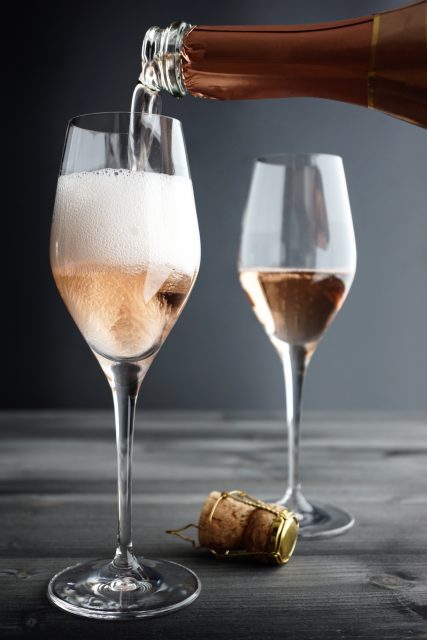This website uses cookies so that we can provide you with the best user experience possible. Cookie information is stored in your browser and performs functions such as recognising you when you return to our website and helping our team to understand which sections of the website you find most interesting and useful.
Alcohol consumption in US up to highest levels since 2002
Alcohol consumption in the US was up by 2% last year, marking its largest gain since 2002, new data from IWSR Drinks Market Analysis has revealed.

According to the IWSR, the rise in consumption in the US last year was driven by at-home drinking fuelled by the pandemic.
The upward trend is on course to remain in place this year, with year-to-date volume sales in the US is still higher than 2019.
In fact, the IWSR has predicted that by the end of the year, alcohol volume sales in the US will be up by 3.8% year on year, while value sales will be up by 5.5%.
A more moderate growth rate is forecast over the next five years, with a +0.5% volume and +2.8% value CAGR predicted for the five years from 2020-2025.

“A key driver of US beverage alcohol consumption is flavour. Flavoured subcategories – from beer to vodka to US whiskey – are significantly outperforming traditional non-flavoured sub-categories,” said Brand Rand, IWSR’s COO of the Americas.
“Flavour is also the top consumer driver of the fast-growing ready-to-drink (RTD) category, and that’s likely creating a halo effect on total alcohol as well,” Rand added.
Spirits sales in the US last year posted the largest volume increase (+4.6%) for the spirits category since 1990, with value increasing +7.7%.
Within the category, agave-based spirits grew +15.9% in volume in 2020, overtaking rum to be the third largest spirits category in the US, behind vodka and whisky.
Cognac/Armagnac was also a big winner last year, posting volume gains of +20.1%. Both categories are expected to continue their growth path over the next five years.
The whisky category showed mixed results, as tariffs negatively impacted single malt Scotch (-6.1% in volume), while bar and restaurant closures dragged down Irish whiskey (-0.5%).
Last year marked the first time on record that these two sub-categories post volume declines in the US.
Overall, total whisky volumes grew +4.9%, led by Japanese, Indian and US whiskies. The whisky category’s growth, however, is outpacing vodka, with total whisky expected to be larger than total vodka in volume consumption by 2022.
Sales of no- and low-alcohol spirits in the US are being driven by alcohol-free spirit alternatives and spirit-adjacent products that focus on mood-enhancing properties like adaptogens.
Though trending from a small base, the IWSR predicts that non-alcoholic ‘spirits’ are expected to end 2021 up +31.4% in the US.

Wine sales in the US meanwhile, grew slightly last year, at +0.7% by volume and +1.5% by value, reversing the volume declines seen in 2019.
Both still and sparkling wine volumes were up +0.8%, but still wine is forecast to go back to softening declines as RTDs and spirits grow at faster rates.
Despite there being little to celebrate, sparkling wine managed to post growth last year, with Prosecco (especially rosé) making up for declines in Champagne consumption.
Low-alcohol wine volumes more than doubled in 2020 in the US, with major brands entering the category offering lower calorie and lower sugar options in sessionable ABVs.
Imported wine volumes grew more than domestic US wine (+2.5% vs +0.3%) from markets such as Chile, Italy, and New Zealand.
The big winner last year was RTDs, which is set to become second-largest beverage alcohol category in the US in terms of volume consumption
The largest gains in beverage alcohol consumption in the US last year were seen across the RTD category (which includes hard seltzers), making RTDs more sizable in volume than total spirits in the US, and by the end of 2021, larger than total wine.
RTDs grew +62.3% by volume in 2020, led by hard seltzers which grew by a staggering +130%. Hard seltzers now represent a 56.7% share of the total RTD category in the US.
“Though the cocktail/long drink sub-category is still comparatively small by volume, the segment grew +52.7% in 2020 with canned cocktail growth spurred by on-premise closures and the on-premise pivot to ‘drinks to go,’ as well as more at-home consumption and outdoor socialization,” said Rand.
The IWSR expects the RTD category to account for a 22% volume share of the total beverage alcohol by 2025, up from 9.6% share currently.
Beer continued annual volume declines with a -2.8% loss in the US in 2020, as volume gains in imported beer (+3.1%) weren’t enough to sustain losses in domestic beer volume (-4.4%).
Imported beer grew market share, nonetheless, at 21.8%, up from 20.6% in 2019. No- and low-alcohol beer proved a bright spot for the category, however.
Volume consumption of zero ABV beer is projected to outpace that of low-alcohol beer, with no-alcohol beer forecast to grow by volume CAGR of +23.6%, 2021 to 2025.

